Sommersemester 2011, BA/MA Visuelle Kommunikation VK_Startseite
My better / worst Future
Im Projekt „My better / worst Future“ ging es darum, sich mit den vielschichtigen Veränderungen und Wechselwirkungen zu beschäftigen, die sich aus neuen Entwicklungen im Bereich digitaler Medien ergeben. Anstatt weitere Anwendungen und Oberflächen für den Status quo zu gestalten sollte sich mit den Implikationen von Technik beschäftigt werden.
Kern des Projektes waren Fragen wie welche Auswirkungen haben Entwicklungen wie zB Nanotechnologie auf unser Leben und welche Potentiale haben diese Technologien? Welche Art von Art von Anwendungen / Produkten / Services wünschen wir uns überhaupt? Wir sind einen Schritt vom aktuellen Design-Alltag zurückgetreten und haben uns damit beschäftigt, was wir für unsere Zukunft wollen – indem wir aktuelle Entwicklungen in die Zukunft weiterdenken und durch Überspitzung zu einer Aussage kommen.
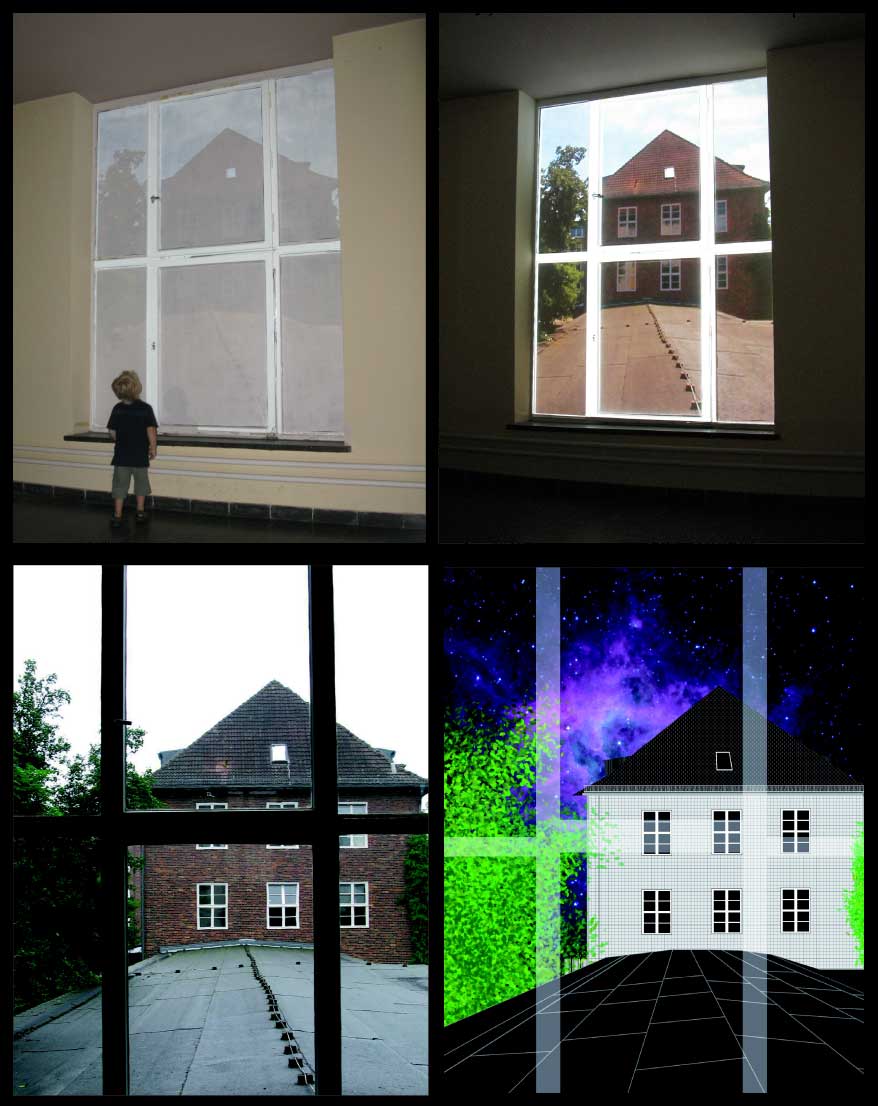
Wherever man gives things, terms, or symbols in order to render them useful for thought, he shapes his world and with it his image of himself. In this context, meaning, interpretation, and order are subject to continuous change. Science and technology open up ever new perspectives. Questions about the future must not be confused with questions about progress, since progress is ultimately a gauge for the way values change. New things are created from re-interpretations of symbols. Here we can see the dynamics of culture.
However, it is not always easy to stray from familiar paths. In the same way that the first motor cars still looked like carriages, modern translation, such as the computer-aided extensions of reality perception grouped together under the term ›augmented reality‹, needs a re-evaluation of its system of symbols. Although it is helpful to describe new things using already familiar terms, it limits possibilities. An e-book can do much more and much less than a book, so does it even need the comparison?
The same applies to the dialectic between physical and virtual space. Our perception of space is abstract to a great degree. The egocentric worldview prevalent in the Western world is deeply rooted in our culture. Where is my left — is Australia really in the bottom right-hand corner? Concepts such as infinity elude our sensory perception, they only exist in the world of ideas. They require translation in order to retrieve them from the realm of metaphysics; to match the idea to the term.
A window both enables and limits a view in equal measure. The film shown in this project presents the current outlook. It ends with footage from the Hubble Space Telescope of the Lagoon Nebula 4,000 light years away, released by NASA on the Internet, complete with ambient music. The results of the research were prepared aesthetically for the general public in an understandable way using modern visual media. The concept of (outer) space is constructed; image and reflection equally shape our perception. Art, however, is in the idea — everything else can be learned.
You can find the film online:
www.larshuebner.com/projects/broadcast
Alle Rechte vorbehalten
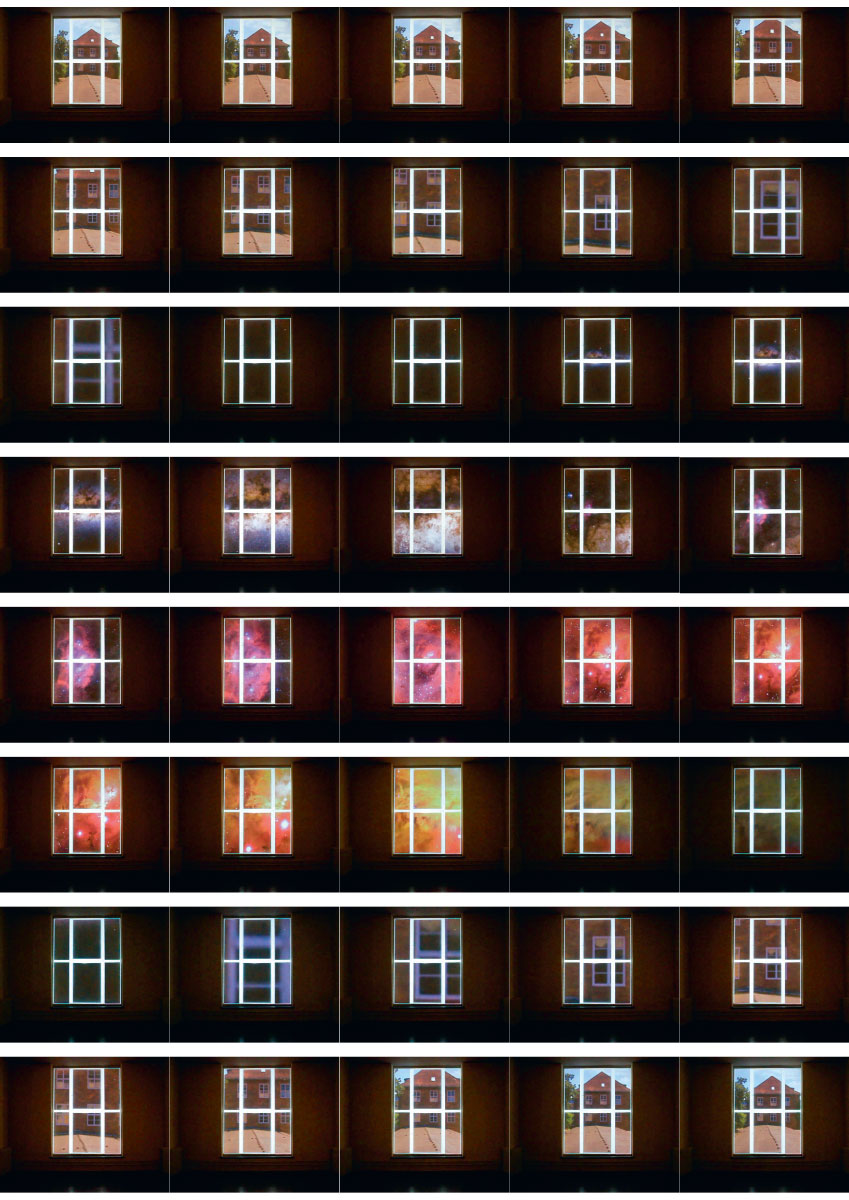
You can find the film online:
www.larshuebner.com/projects/broadcast
Alle Rechte vorbehalten
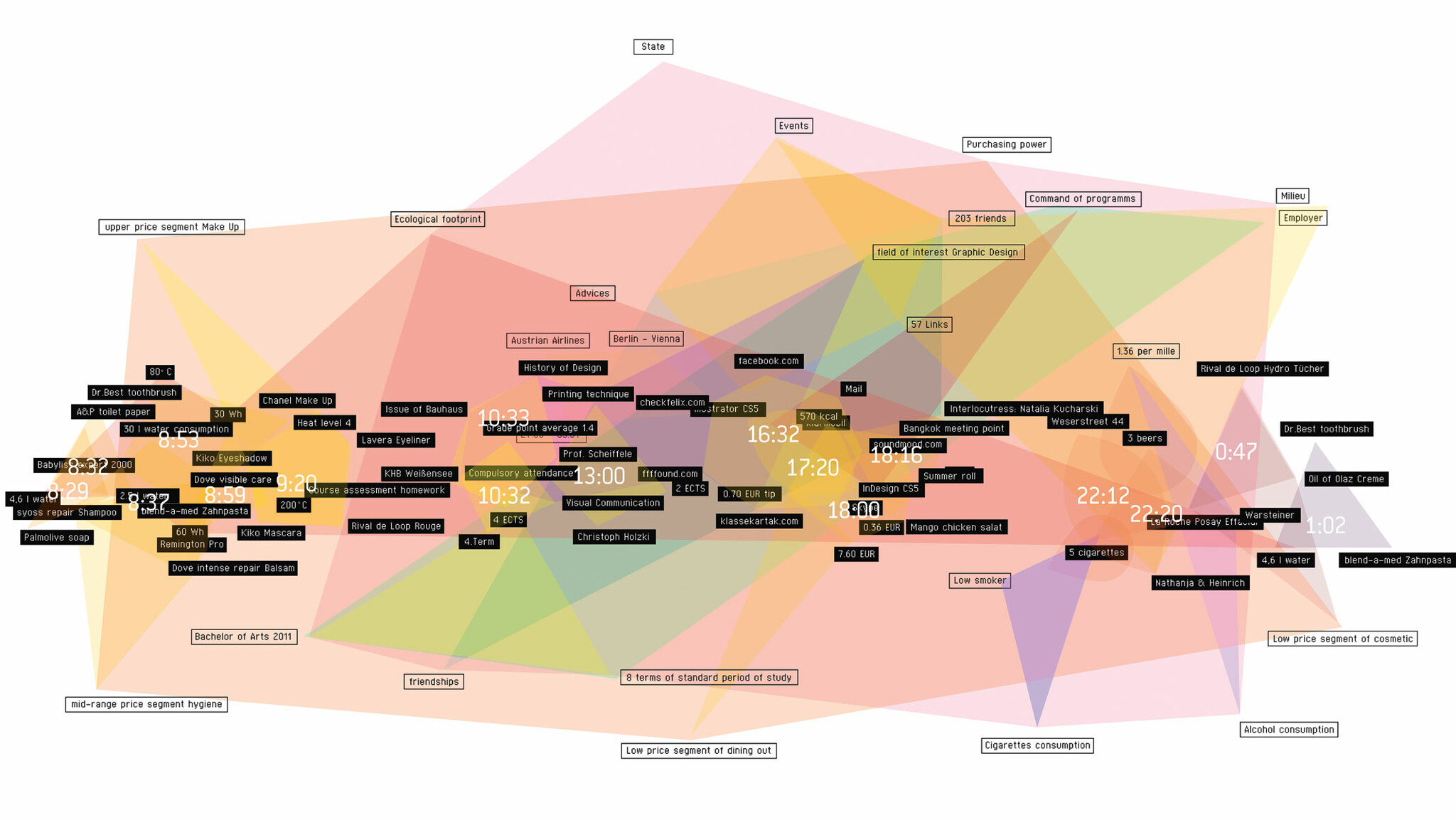
The project data knows me sketches a future scenario in which all the data pertaining to each person are collected and used. The question that arises is: if there were a pool of data for every person on earth and an intelligent system could interpret these data in an all-embracing way, what would such a system look like?
The result tries to represent the complex connection of the amount of information from a single day with the actions of one individual person. In the display the middle thread of the center is the core of the day. It encompasses the individual activities with the times of day they occur at. The levels of interpretation that connect this information extend outward. This allows new images to be created with each additional piece of information. These images can stand alone for themselves and are visual ambassadors for the concept. Basing it on myself, I have experimented to see what data could be retained and be of interest to outsiders. This also allows conclusions to be drawn as to how much can be revealed without losing one’s personal integrity, and when the most intimate privacy is actually damaged.
Alle Rechte vorbehalten
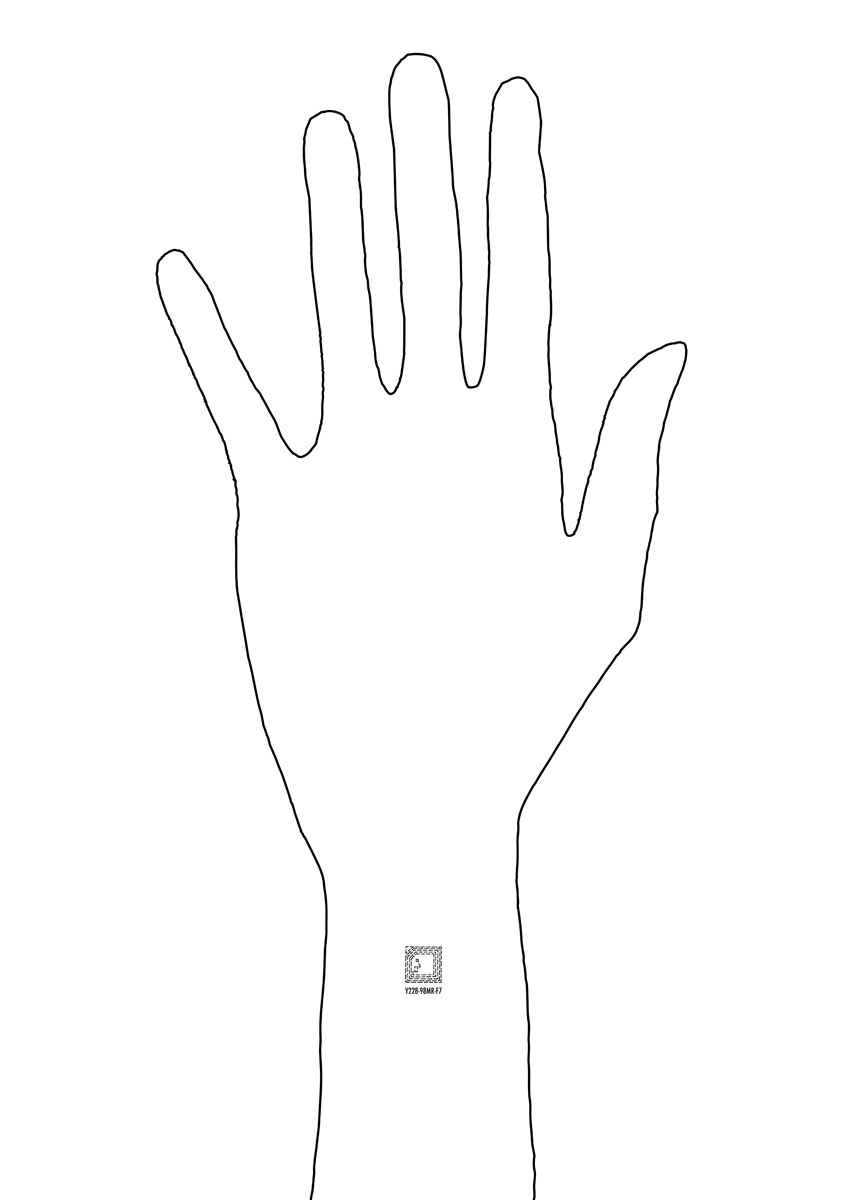
„Radio Frequency Identification“ ist eine Technolgie, mit der Daten berührungslos und ohne direkten Sichtkontakt mittels Radiofrequenzwellen von einem Transponder über einen als „Lesegerät“ bezeichneten Empfänger an einen Computer übertragen werden. Der Transponder - auch „RFID-Tag“ oder „Smart Tag“ genannt - besteht aus einem Mikrochip, auf dem Daten gespeichert sind, und aus einer Antenne zur Datenübertragung.
Werden wir durch die totale Überwachung all unserer Handlungen die Entscheidungsgewalt über uns selbst verlieren? Wer oder was wird in Zukunft über uns bestimmen? Was ist für uns richtig? Was ist falsch? Und wer weiß das? RFID? Nach Ansicht von Verbraucherschützern bestehen erhebliche Risiken beim Einsatz von RFID-Systemen, hauptsächlich im Hinblick auf die Einhaltung von Bürgerechten und der Privatsphäre.
Alle Rechte vorbehalten
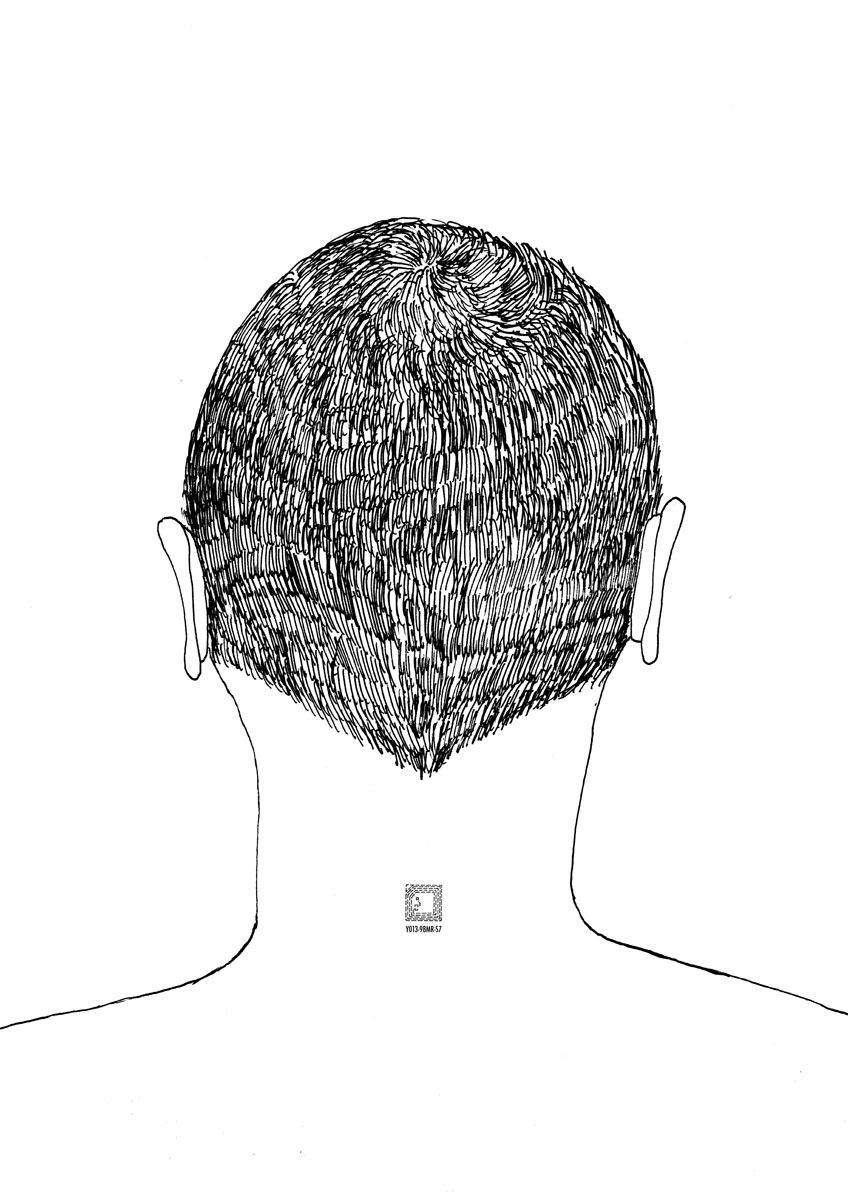
Alle Rechte vorbehalten
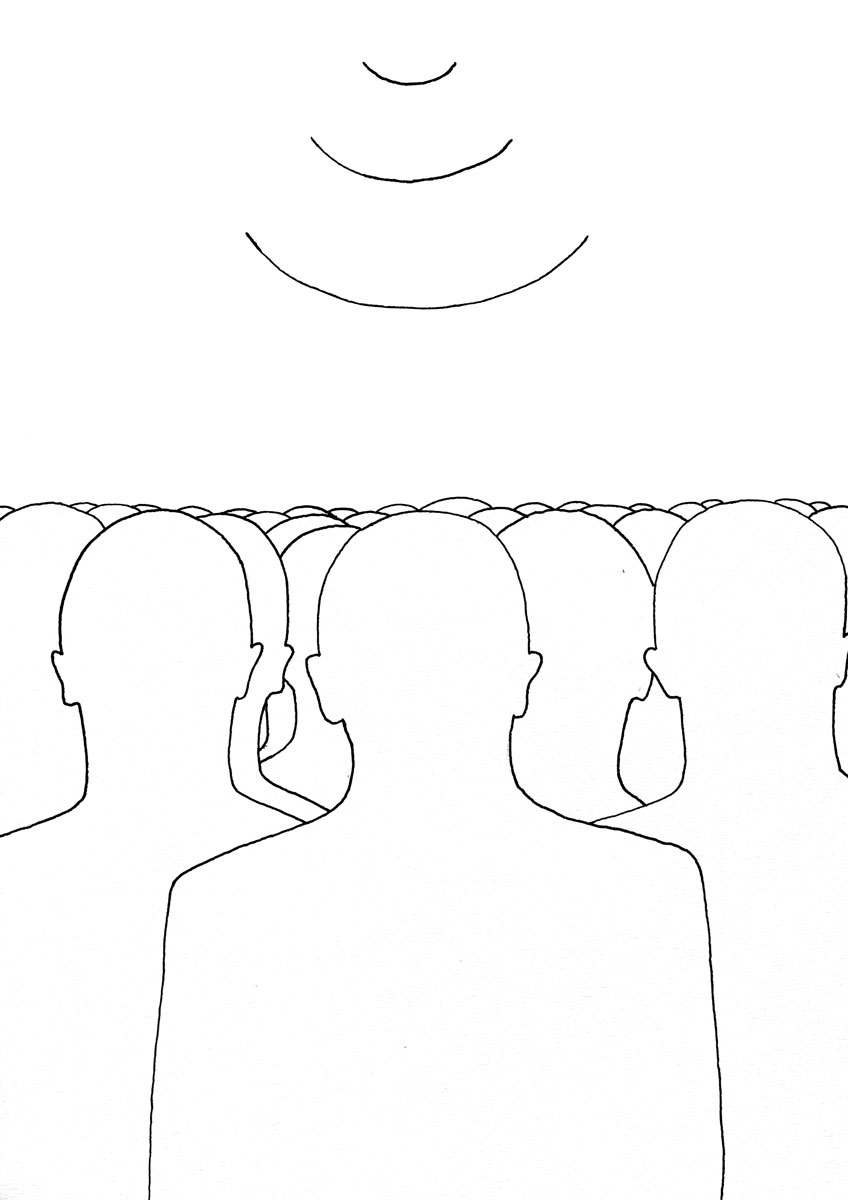
Alle Rechte vorbehalten
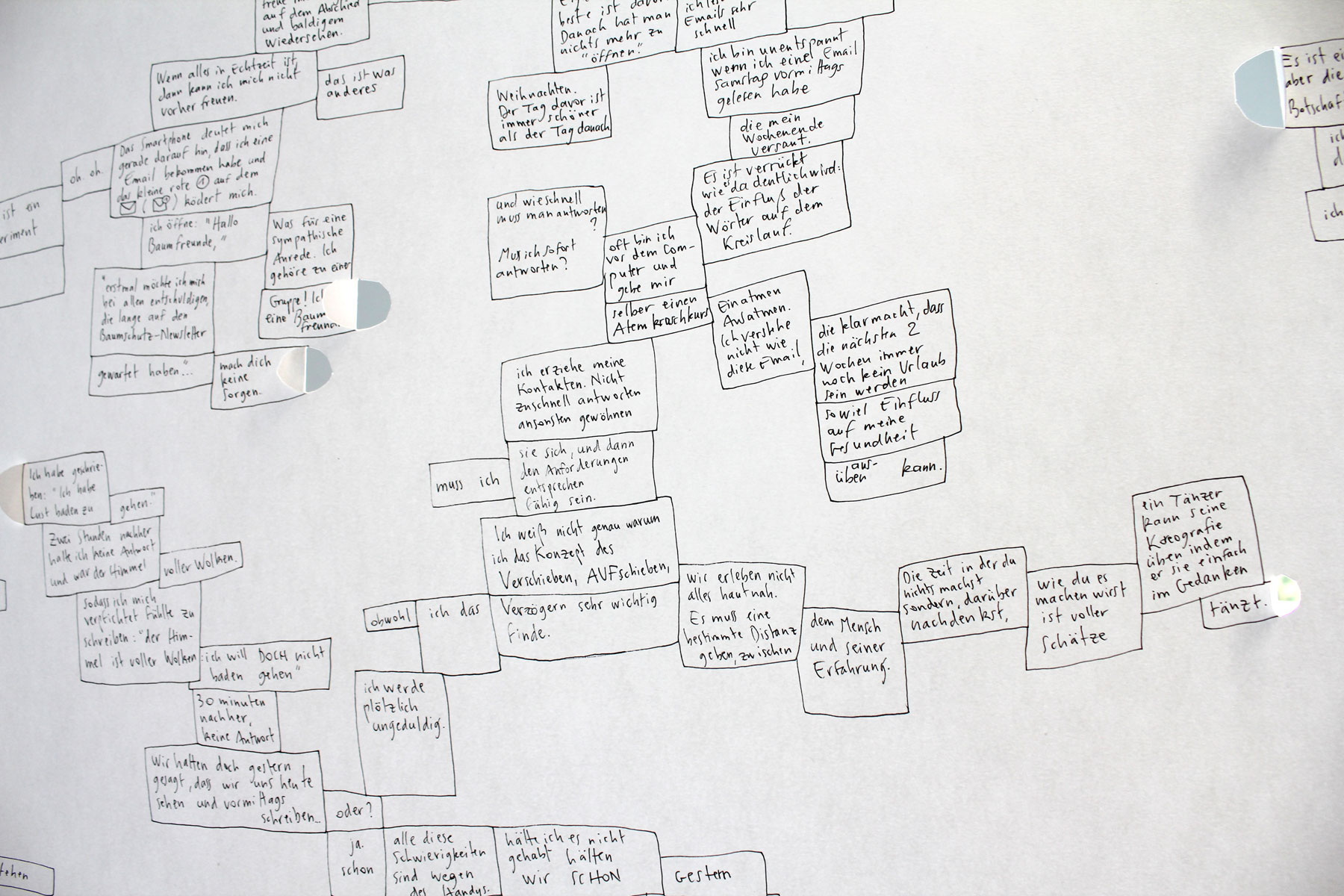
Anna Voiron beobachtet mit Skepsis die Hoffnung der Gesellschaft in die sich rasant entwickelnde Technologien. Postulierend, dass hochtechnologisierte Geräte als Erweiterung des Selbst reflektiert werden müssen und dem Menschen ebenso dienen wie sie ihn auch herausfordern oder schwächen, beobachtet sie das Verhalten ihrer Mitmenschen.
Anna Marin verwendet normalerweile kein Handy. In ihrer Arbeit hat sie die Veränderungen dokumentiert, die sich durch die Benutzung eines Smartphones der Kunsthochschule auf ihr Leben ergaben.
Alle Rechte vorbehalten
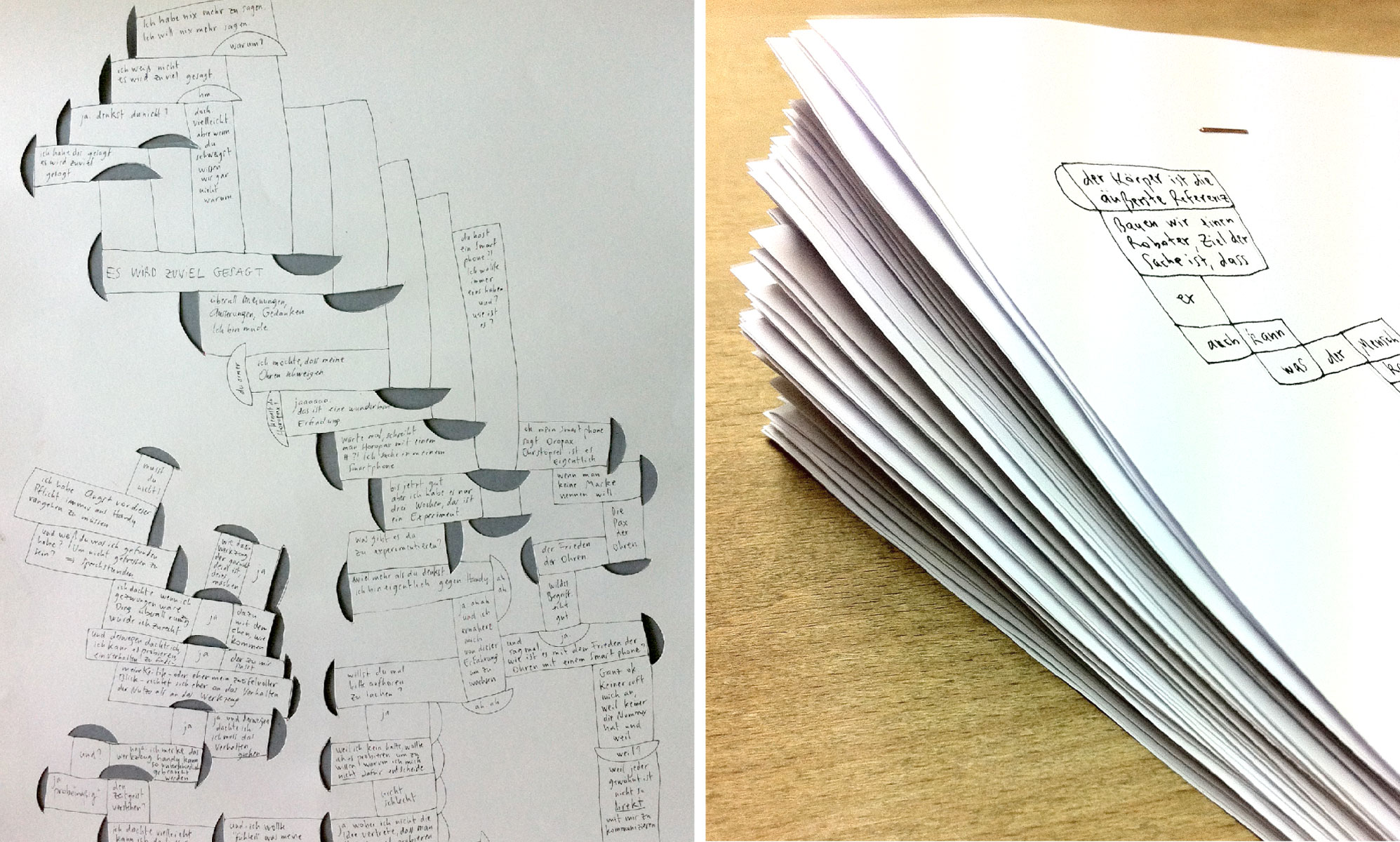
Alle Rechte vorbehalten
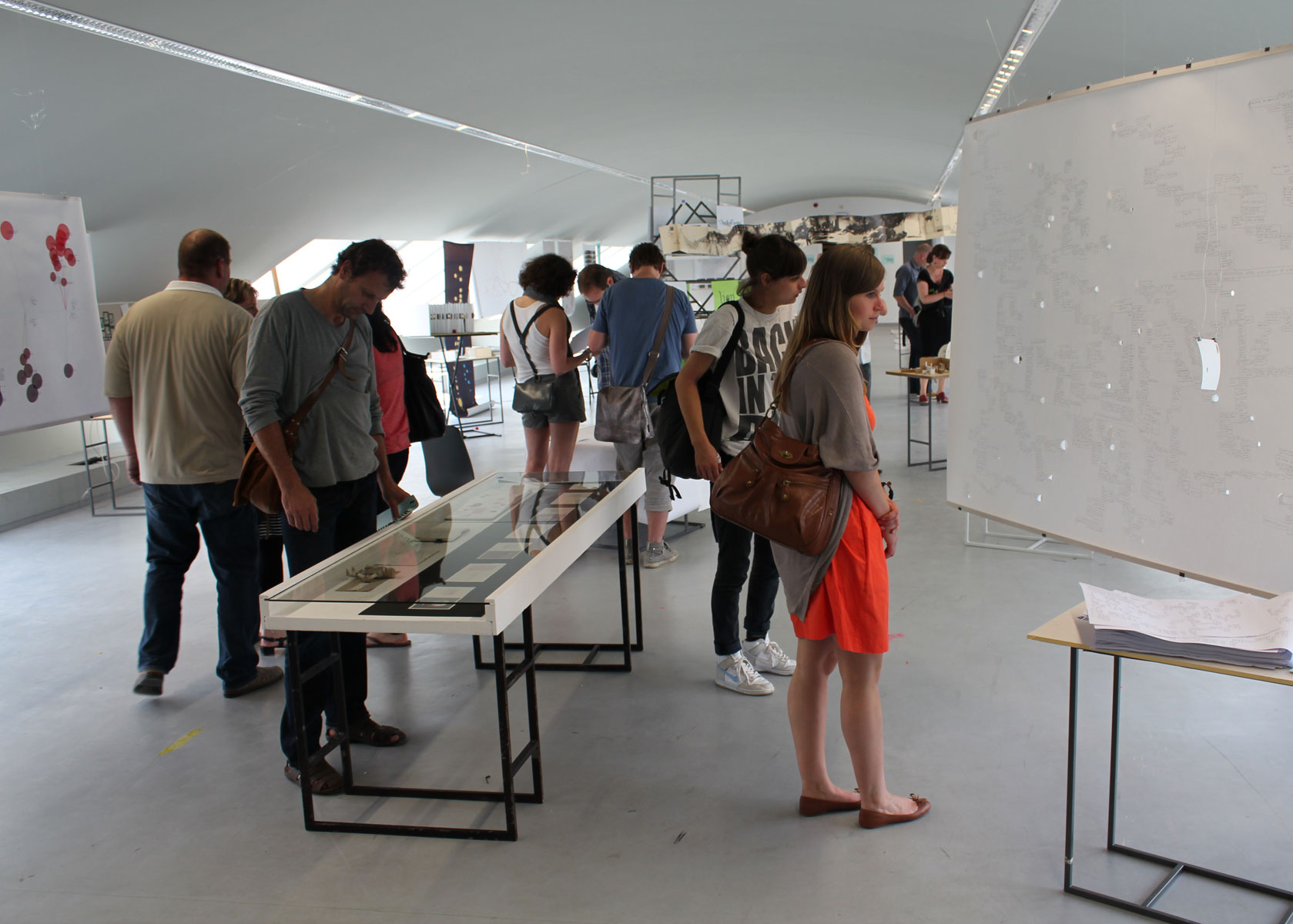
Alle Rechte vorbehalten